The average age of the top 100 institutions in the latest Times Higher Education World University Rankings is close to 200 years old.
It’s tough being young in a world where it is often presumed that the older an institution is, the better it will do in university rankings tables. But that doesn’t mean that some younger universities aren’t bucking the trend.
Indeed, seven “young” institutions, aged under 50 years of age, have made particularly impressive gains over the last four years, jumping an average of 49 places in that time.
“With strong leadership, clear focus - and let’s be honest, serious financial backing - these seven rising stars have shown what can be achieved in a matter of decades,” said Phil Baty, THE rankings editor.
One institution has even managed to climb more than 100 places since 2011-12, so here you can find out which of our seven young stars has made the most rapid ascent (institutions will be displayed in reverse order).
The study was produced using data from the last four years of our World University Rankings. Only institutions currently in the top 200 were eligible.
The 100 Under 50 Rankings 2015 results, which rank only institutions under 50 years of age, will be published on 29 April at 9pm (BST) at the Young Universities Summit, this year hosted in partnership with Dublin City University.
You can view all previous years’ 100 Under 50 Rankings results on the World University Rankings website.
7. Hong Kong University of Science and Technology (HKUST)
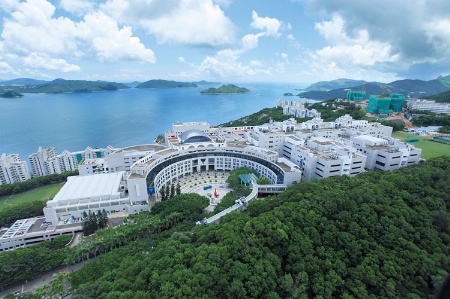
Founded: 1991
Current world rank: 51
Gain since 2011/12: 11 places
HKUST puts its rankings success down to its positioning as “a focused elite research university” with strong ties to institutions both around the world and in mainland China.
“In just two decades, we have established ourselves as a top university globally, rising fast through our leading research breakthroughs and top international faculty,” writes president Tony F Chan on the university’s website. His approach has certainly brought success, and the university currently resides in the top five of our 100 Under 50 Rankings 2014.
The university seeks to champion interdisciplinary studies, and says it is dedicated to educating “well-rounded” and entrepreneurial students.
6. École Polytechnique Fédérale de Lausanne (EPFL)
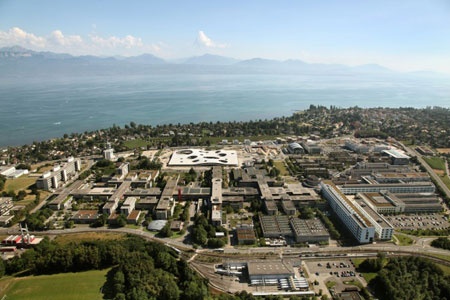
Founded: 1969
Current world rank: =34
Gain since 2011/12: 12 places
This Swiss institution, specialising in engineering and technology and located on the banks of Lake Geneva, has risen 34 places in our World University Rankings since 2011-12.
Although it can trace its roots back to the 19th century, it separated from the University of Lausanne in 1969, making it eligible for our list of young rising stars.
EPFL has risen steadily through our overall rankings to claim joint 34th place in 2014-15, but will struggle to climb any further in the 100 Under 50 league table, as it currently resides in second place.
The institution claims to be Europe’s “most cosmopolitan technical university”, and has students, professors and staff from more than 120 different countries.
5. Pompeu Fabra University
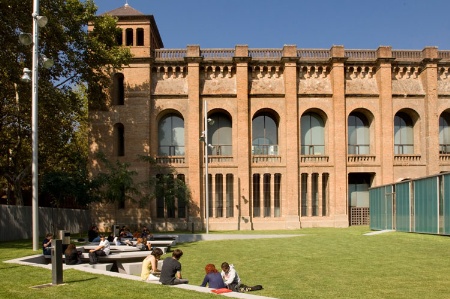
Founded: 1990
Current world rank: =165
Gain since 2011/12: 21 places
Pompeu Fabra University in Barcelona was founded in 1990 with the aim, it says, of becoming an “outstanding institution for its high quality in teaching, excellence in research and a strong vocation for international outreach”.
The university claims to have the highest research productivity and the highest citation index in Spain, and is committed to a multilingual campus with three languages - Catalan, Spanish and English - used in all spheres of university life.
The institution currently sits at joint 13th in the 100 Under 50 Rankings.
4. Korea Advanced Institute of Science and Technology (KAIST)
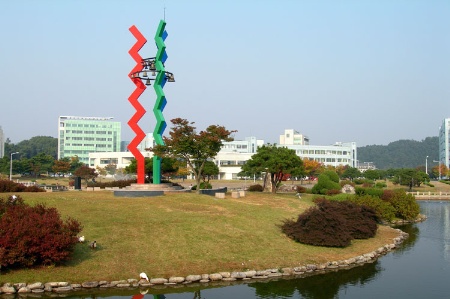
Founded: 1971
Current world rank: =52
Gain since 2011/12: 42 places
KAIST was founded as the nation’s first graduate school specialising in science and engineering.
Since then, it has shown no lack of ambition, recruiting distinguished professors from around the world, and building state-of-the-art research facilities. KAIST was the first South Korean university to require every PhD candidate to publish a paper in an international academic journal.
The institution is testament to the important role that money can play in boosting university performance. The South Korean government directly provides a quarter of the institution’s annual $679 million budget, and more still through competitive research grants.
3. University of Warwick
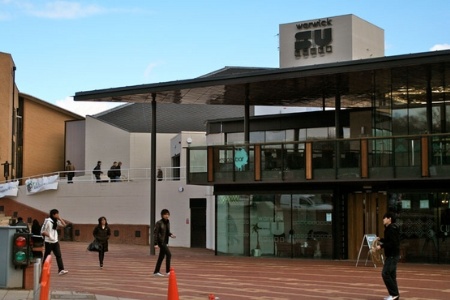
Founded: 1965
Current world rank: =103
Gain since 2011/12: 54 places
The University of Warwick was founded in 1965 as part of a UK initiative to expand access to higher education, and is now one of the country’s highest-ranked institutions.
It describes itself as a “globally connected, forward-looking and entrepreneurial” university, citing its performance in the 2014 Research Excellence Framework, in which it finished in the top 10 of the research intensity table, as evidence of its prestige.
The university, which counts the likes of Andrew Haldane, chief economist at the Bank of England, and comedian Frank Skinner among its alumni, currently ranks 12th in the THE 100 Under 50 university rankings - the highest-ranked UK institution.
2. Maastricht University
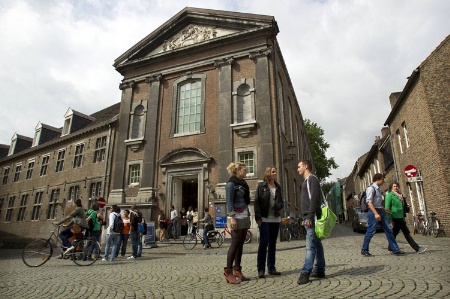
Founded: 1976
Current world rank: 101
Gain since 2011/12: 96 places
Maastricht University in the Netherlands was first established to address the country’s shortage of medics in the 1970s.
Its president, Martin Paul, has previously put its rise up the league tables down to a “pioneering spirit”, which he says was the reason he left a deanship at Charité - Universitätsmedizin Berlin, the oldest teaching hospital in the German capital.
All its staff are required to have a good knowledge of Dutch and English, and research is grouped into three interdisciplinary areas: “learning and innovation”, “quality of life” and “Europe and a globalising world”. It is currently 6th in the 100 Under 50 Rankings.
1. Nanyang Technological University
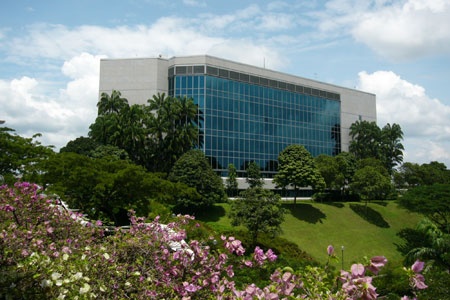
Founded: 1991
Current world rank: =61
Gain since 2011/12: 108 places
The number one fastest-rising university in the world is Nanyang Technological University in Singapore.
The institution has climbed a remarkable 108 places in the last four years, and currently sits in joint 61st place in the overall World University Rankings. In the 100 Under 50 Rankings table, it sits in fifth position. One approach the university employs to boost its reputation is the appointment of big-name academics from overseas, with more than 30 international “star” professors already in place.
The university is led by president Bertil Andersson, winner of the prestigious Wilhelm Exner Medal, bestowed on the world’s best scientists, who puts his institution’s success down to a mixture of hard work and luck.
“To succeed, an institution must benefit from strategic, yet flexible planning, coupled with a committed implementation process,” he said. “In this way, it is possible to create a modern, student-centric education framework; a stimulating environment; a world-leading institution.”
How the seven high-flyers have risen through the rankings
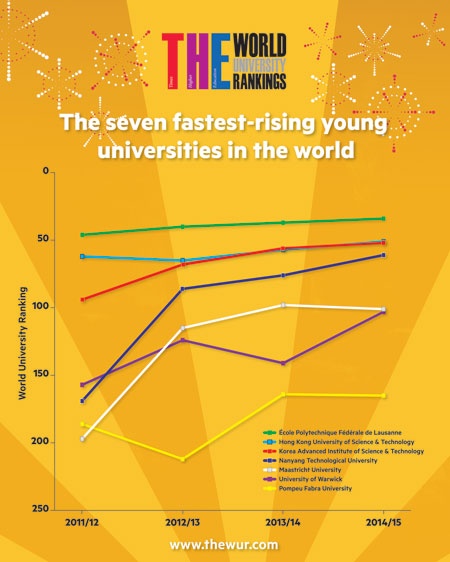
This graph charts the seven universities’ progress over the past four years of the World University Rankings.
The 100 Under 50 Rankings 2015 results, which rank only institutions under 50 years of age, will be published on 29 April at 9pm (BST) at the Young Universities Summit, this year hosted in partnership with Dublin City University.
Register to continue
Why register?
- Registration is free and only takes a moment
- Once registered, you can read 3 articles a month
- Sign up for our newsletter
Subscribe
Or subscribe for unlimited access to:
- Unlimited access to news, views, insights & reviews
- Digital editions
- Digital access to THE’s university and college rankings analysis
Already registered or a current subscriber? Login

